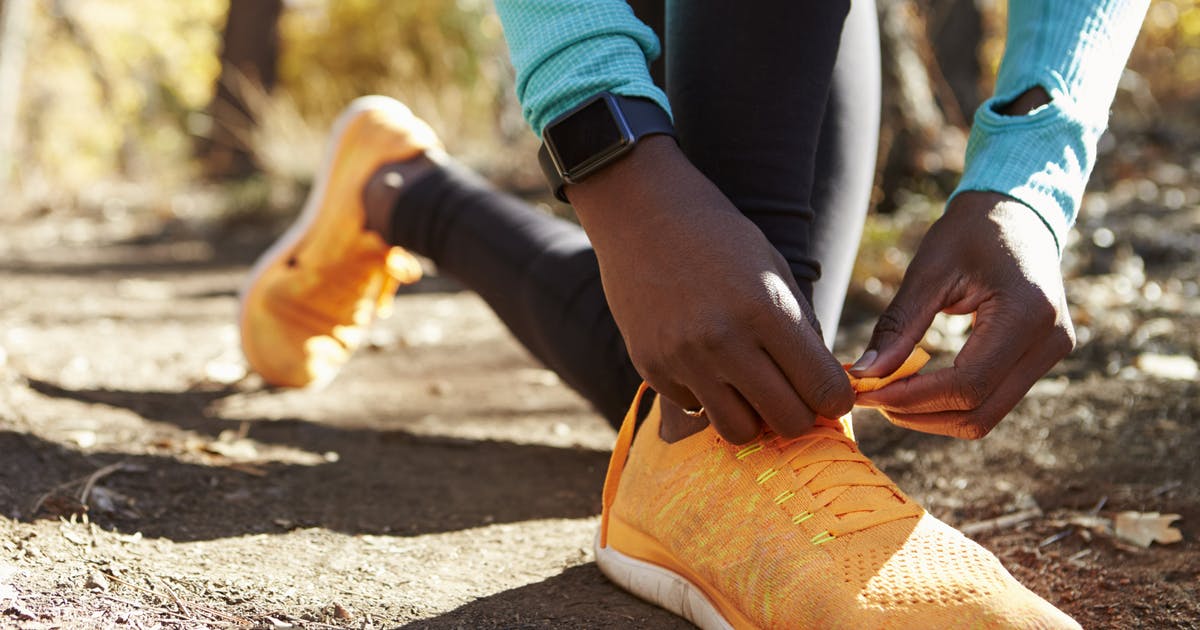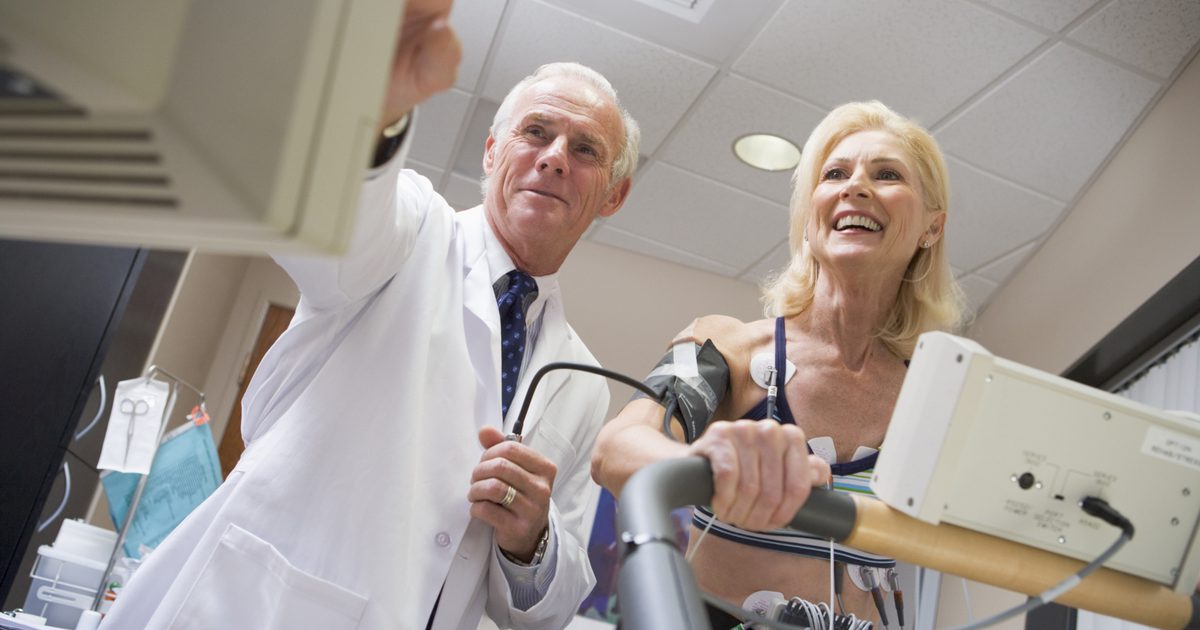Ways To Treat And Prevent Dyspnea
Cardiac Rehabilitation
Individuals with severe cases of dyspnea need to undergo cardiac rehabilitation to help them resume their normal lives. Cardiac rehabilitation refers to a medically supervised program designed for individuals who have experienced heart failure, a heart attack, or heart surgery. Doctors may also recommend cardiac rehabilitation for patients with acute dyspnea.
Studies have found cardiac rehabilitation can help men and women of all ages and individuals with mild, moderate, and severe heart problems. The program includes physical activity, education about healthy living, and counseling to help relieve stress and improve mental health. Cardiac rehabilitation exercises offer many benefits, including strengthening the body and heart after a heart attack or failure and also relieving symptoms such as chest pain. These programs can also help patients build healthier habits such as eating healthy diets, quitting smoking, and increasing physical activity. Individuals can undertake this program at a hospital, rehabilitation center, or at home.
Get the details on how to prevent and treat dyspnea now.
Get Regular Exercise

Being active can help strengthen muscles and enhance an individual's overall fitness. Avoiding exercises that cause breathlessness can cause muscles to become weaker. The trick for combating dyspnea is to get regular exercise even when breathing becomes difficult. But how does regular exercise combat shortness of breath?
One way exercising affects breathing is by increasing the individual's lung capacity as they draw more air. Secondly, exercising helps the body cope with oxygen demand by transporting more oxygen to the muscles. Also, exercises can help individuals maintain a good posture that strengthens their muscles and opens their lungs, allowing them to breathe freely. Breathlessness can also cause individuals to slouch, which prevents air from getting into their lungs. Getting regular exercises will help build core strength, encourage individuals to keep their spine straight and chest open, thus boosting the amount of air reaching their lungs.
Exercises can also be extremely beneficial to older individuals with breathing difficulties. With age, the lungs become less elastic, which reduces their ability to draw air into the body. The circulatory system also weakens making individuals more liable to experience dyspnea. Although exercises cannot reverse aging, they can help improve lung capacity and elasticity, thus promoting healthy air circulation.
Uncover more information on treating and preventing dyspnea now.
